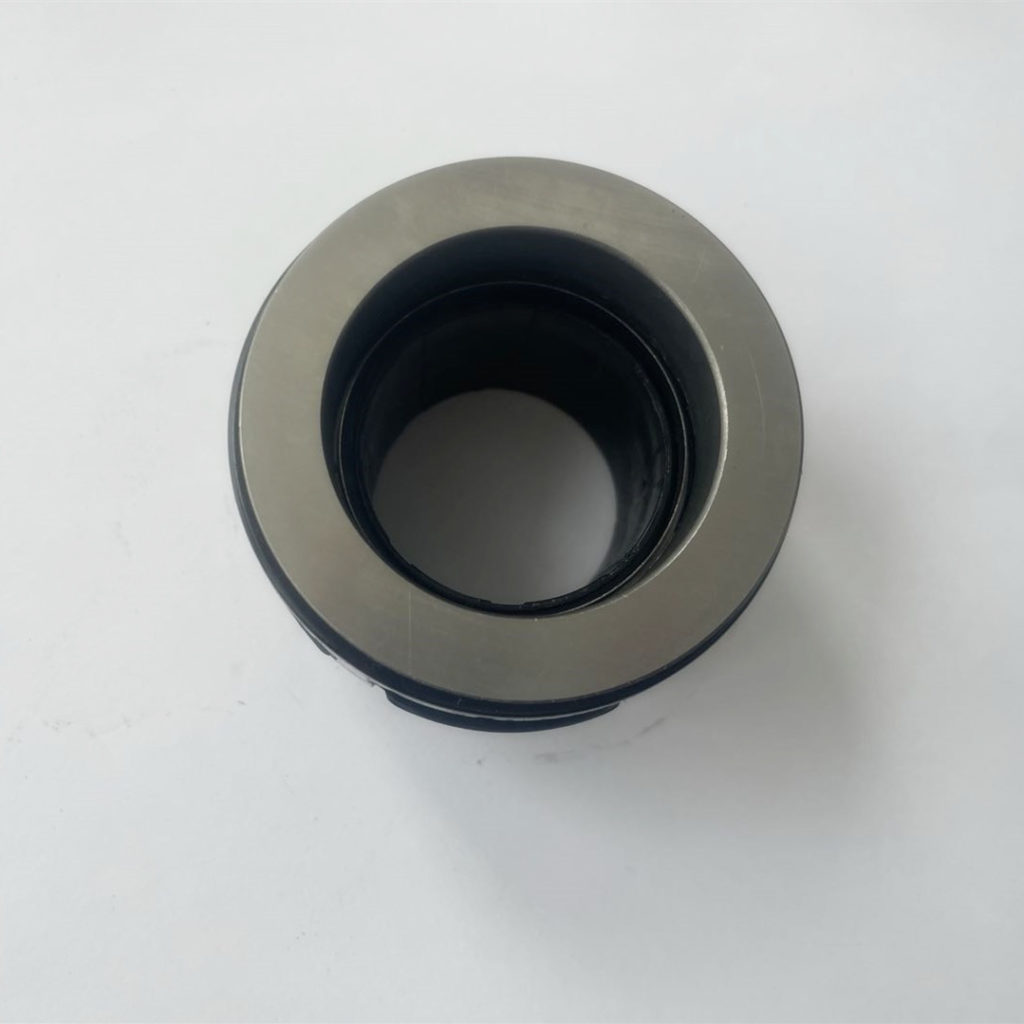The clutch assembly bearing is a critical component in the operation of Lada vehicles, playing a vital role in ensuring smooth and efficient clutch engagement and disengagement. In this comprehensive blog post, we will delve into the importance and functionality of Lada clutch assembly bearings. We will explore their purpose, working principles, common types, signs of wear and failure, maintenance tips, and the significance of selecting high-quality bearings. By understanding these essential aspects, Lada owners and enthusiasts can appreciate the significance of clutch assembly bearings and their impact on the overall performance of the vehicle.

The Purpose and Function of Clutch Assembly Bearings
Clutch assembly bearings are designed to support the rotational movement of the clutch assembly, enabling the smooth engagement and disengagement of the clutch system. They provide a low-friction interface between the clutch release mechanism and the rotating clutch components, such as the pressure plate and the clutch disc. By reducing friction and facilitating the transfer of torque, clutch assembly bearings ensure efficient power transmission from the engine to the transmission, allowing for seamless shifting and optimal performance of the vehicle.
Working Principles and Types of Clutch Assembly Bearings
Lada clutch assembly bearings typically fall into two main types: release bearings (also known as throw-out bearings) and pilot bearings. Release bearings are located between the clutch release fork and the pressure plate diaphragm. When the clutch pedal is depressed, the release bearing pushes against the diaphragm, disengaging the clutch. Pilot bearings, on the other hand, are positioned in the center of the flywheel and support the input shaft of the transmission, ensuring smooth rotation during clutch engagement. Both types of bearings utilize a combination of ball bearings or needle bearings to facilitate rotational movement and reduce friction.
Signs Of Wear And Failure
Over time, clutch assembly bearings can experience wear and exhibit signs of failure. Common indicators include unusual noises, such as grinding, squealing, or rattling sounds during clutch engagement or disengagement. Excessive pedal effort or a change in the pedal feel may also suggest bearing wear. A faulty clutch assembly bearing can impact the overall performance of the clutch system, leading to slippage, difficulty in shifting gears, or even complete clutch failure. It is crucial to address these signs promptly to prevent further damage to the clutch assembly or other related components.
Maintenance And Care
Proper maintenance and care can extend the lifespan and performance of Lada clutch assembly bearings. Regular inspection of the clutch system, including the bearings, is essential to identify any signs of wear or damage. Adequate lubrication of the bearings with a suitable high-temperature grease helps in reducing friction and preventing premature wear. It is important to follow the manufacturer’s guidelines for maintenance intervals and recommended lubricants. Additionally, ensuring that the clutch system is operated correctly, avoiding excessive slipping or aggressive driving, can contribute to the longevity of the clutch assembly bearings.
The Significance Of High-Quality Bearings
Selecting high-quality clutch assembly bearings is crucial for optimal performance and durability. High-quality bearings are designed to withstand the demanding conditions within the clutch system, including high temperatures, rotational speeds, and loads. They offer superior reliability, reduced friction, and enhanced resistance to wear and fatigue. Investing in genuine Lada clutch assembly bearings or reputable aftermarket brands ensures compatibility with the vehicle’s specifications and provides peace of mind in terms of quality and performance.


